Gardening is both an art and a science, requiring patience, observation, and a willingness to learn through trial and error. Whether you’re growing vegetables for your kitchen, nurturing vibrant flowers, or simply trying to keep your backyard lush, a few smart tricks can make all the difference. From time-saving techniques to eco-friendly solutions, these twenty gardening hacks combine practical knowledge with nature-friendly principles to help you grow healthier plants, improve soil quality, and reduce unnecessary effort. If you want to transform your garden into a thriving oasis, these tips are a must-have in your toolkit.
Create Nutrient Rich Compost at Home
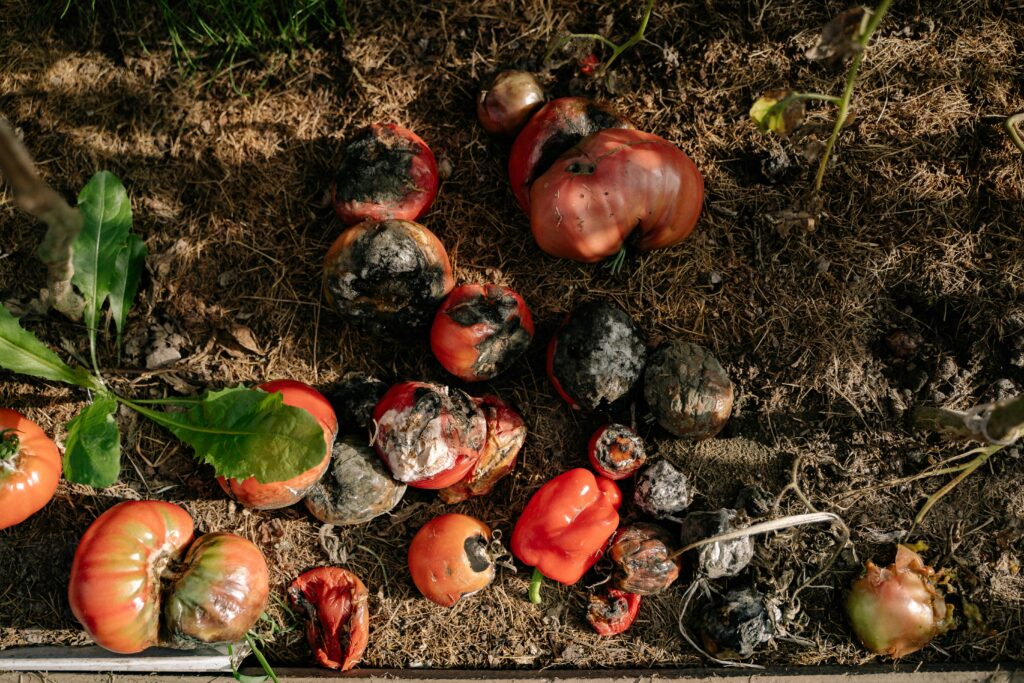
Turning kitchen scraps and garden waste into compost is the cornerstone of sustainable gardening. A balanced pile needs roughly equal parts green material, such as fruit peelings and grass clippings, and brown material, such as dry leaves and shredded paper. Keep the layers moist, turn them every week to introduce oxygen, and the microorganisms inside will transform the mixture into a dark crumbly humus that feeds soil life, improves structure, and reduces the need for synthetic fertiliser.
Mulch to Lock in Moisture and Deter Weeds
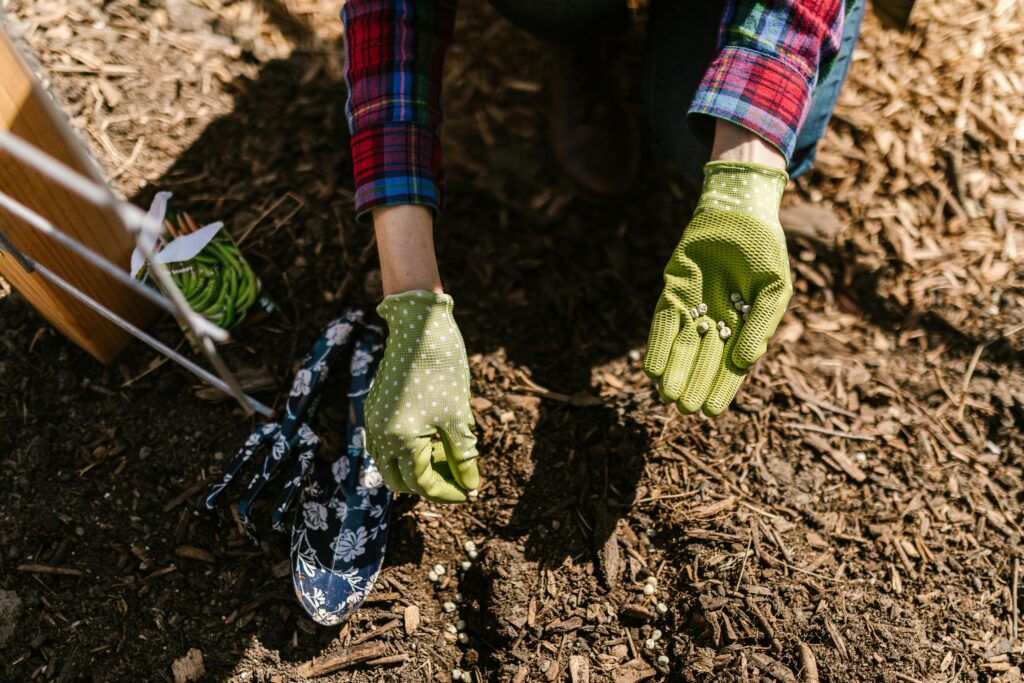
A five centimetre blanket of organic mulch, whether wood chips, straw, or shredded leaves, acts like a living security guard for the soil. It slows evaporation, moderates temperature swings, and smothers germinating weed seeds by blocking light. As it breaks down, the mulch deposits fresh organic matter, encouraging earthworms and microbes that keep the soil loose. Spread mulch after the soil has warmed in spring, keeping it a finger width away from plant stems to prevent rot.
Recycle Coffee Grounds for Nitrogen Boost
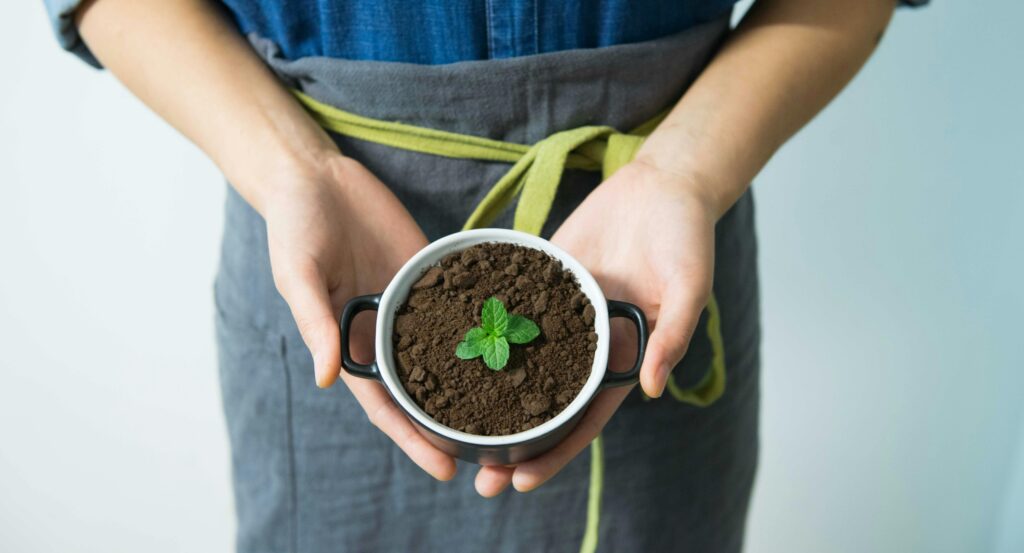
Used coffee grounds are mildly acidic and contain nitrogen, magnesium, and other trace minerals that leafy vegetables adore. Rake a thin layer into the topsoil around spinach, kale, or blueberries, or add small amounts to your compost pile. In moderation, the grounds improve texture and attract worms. Avoid dumping thick uncomposted mounds in one spot because they can form a water-repelling crust; mixing is key for even nutrient release.
Sprinkle Crushed Eggshells for Calcium and Pest Control
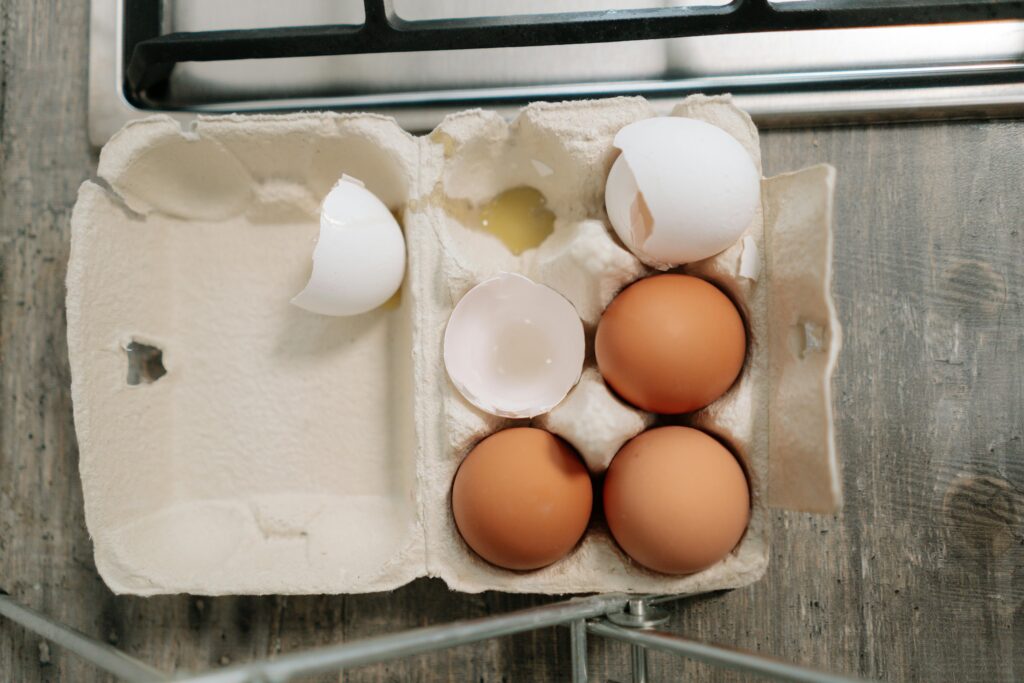
Calcium deficient soil often shows up as blossom end rot in tomatoes and peppers. Rinse eggshells, dry them, then pulse in a blender until powdery. Work a handful into the planting hole to supply slow release calcium. Larger shell fragments also create a jagged barrier that slugs and snails dislike crossing. This double benefit reduces food waste and strengthens cell walls in fruiting crops.
Steep Banana Peel Tea for Potassium Hungry Plants

Potassium fuels root growth, flower set, and fruit sweetness. Instead of discarding banana peels, chop them into centimetre strips and soak them in a jar of water for forty-eight hours. The resulting amber liquid contains soluble potassium and trace phosphorus. Dilute one part tea to four parts water, then drench the base of roses, tomatoes, and cucumbers every fortnight. The peels themselves can join the compost afterward, ensuring nothing is wasted.
Water During the Cool Dawn Window

Early morning, typically between six and nine, offers the best conditions for irrigation. Cooler air reduces evaporation, plants can absorb moisture before midday heat, and foliage has time to dry, which limits fungal disease overnight. Direct the water at the soil surface, not the leaves, and use a gentle spray or a watering can fitted with a rose to avoid compaction. Deep, infrequent soakings encourage resilient roots that reach downward rather than cling to the surface.
Read More: 20 Gorgeous Plants That Will Make Your Garden Smell Heavenly
Install Drip Irrigation for Efficiency
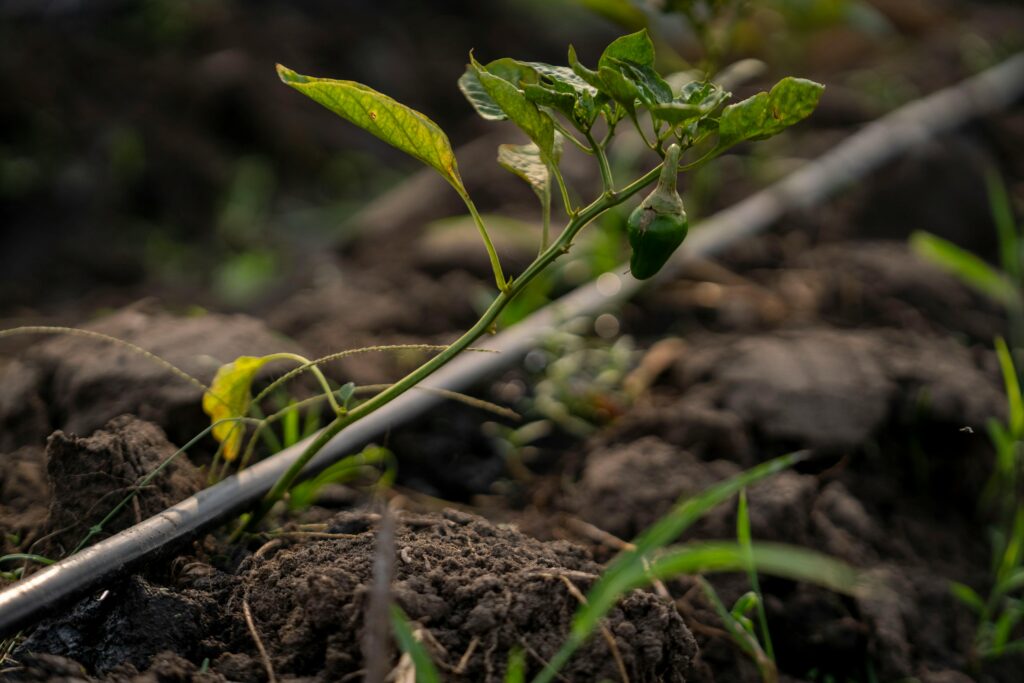
A simple network of drip lines or soaker hoses delivers water slowly at the base of each plant, cutting consumption by up to fifty percent compared with overhead spraying. Pressure regulators keep flow even, and timing the system with a battery powered controller automates the chore. Place emitters near the root zone and cover hoses with mulch so the water travels directly into the soil. The consistent moisture reduces blossom end rot and keeps foliage dry, limiting disease spread.
Pair Plants with Smart Companion Planting
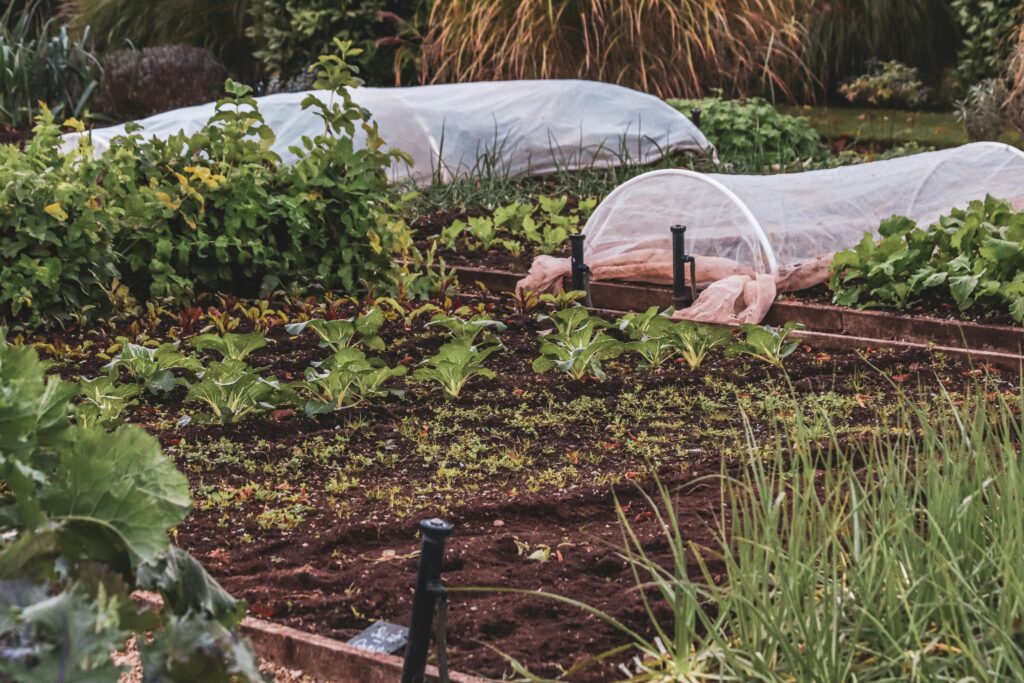
Some species thrive when grown together because they draw different nutrients, confuse pests, or provide physical support. Basil under tomatoes repels whiteflies, while marigolds release compounds that suppress soil nematodes. Tall corn can support climbing beans, and the beans fix atmospheric nitrogen that feeds the corn. Study classic combinations for your climate, arrange them in triangles or bands rather than single rows, and watch the micro-ecosystem flourish with fewer chemical interventions.
Build Pollinator Friendly Habitats

Bees, hoverflies, and butterflies pollinate a third of global food crops, so attracting them is a win for yield. Plant a succession of nectar rich flowers like lavender, zinnias, and borage around vegetable beds. Provide shallow water dishes filled with stones for landing pads, and leave a sunny patch of bare soil for ground nesting bees. Refrain from using broad spectrum insecticides, and your garden will buzz with new allies that boost fruit set and biodiversity.
Practice Annual Crop Rotation
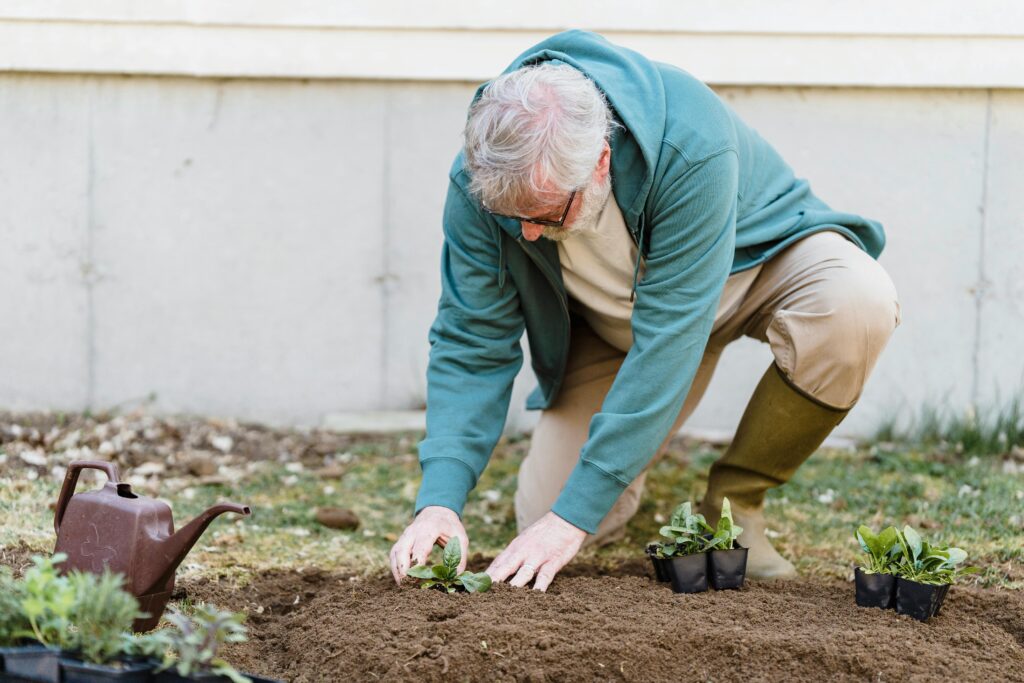
Growing the same family of vegetables in one spot every season depletes specific nutrients and allows specialist pests to build up. Divide the plot into at least four sections. Move heavy feeders such as tomatoes and squash to a fresh bed each year, follow them with legumes that replenish nitrogen, then root crops, and finally leafy greens accompanied by compost. This cycle keeps soil balanced, reduces disease pressure, and promotes healthy yields without drastic chemical inputs.
Raise Beds for Better Soil Structure
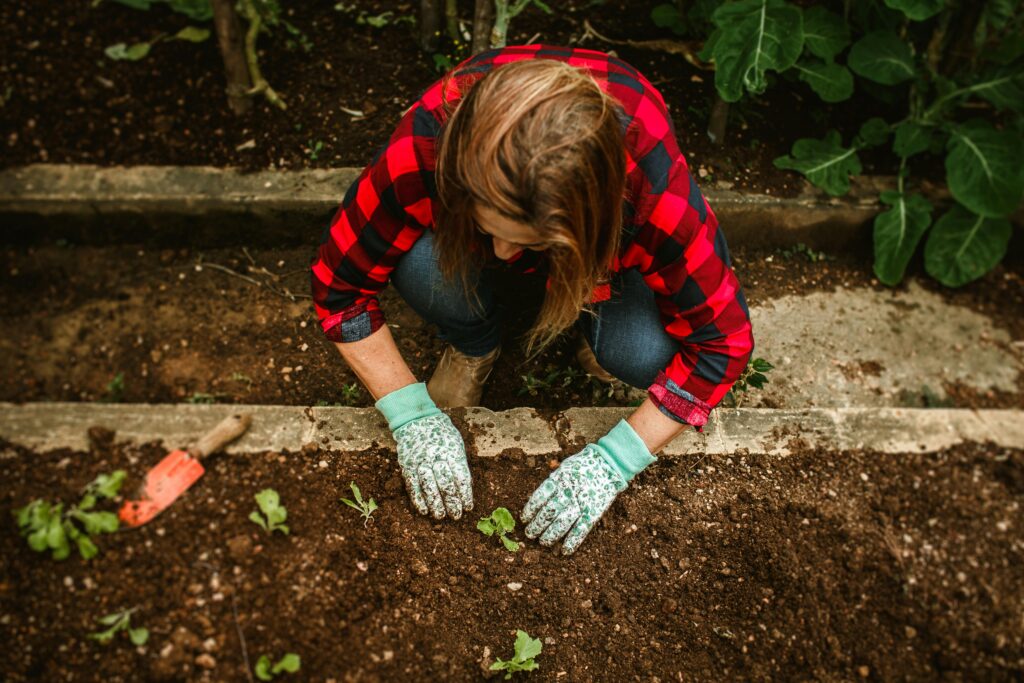
Raised beds warm earlier in spring, drain well during heavy rain, and keep root zones loose because foot traffic remains in the paths. Fill frames twenty to thirty centimetres high with a mixture of topsoil, compost, and sharp sand. The defined edges make maintenance easier and allow intensive planting in blocks, which shades weeds quickly. In areas with clay soil or limited space, raised beds are often the simplest way to transform ground into fertile real estate.
Train Crops to Climb and Save Space
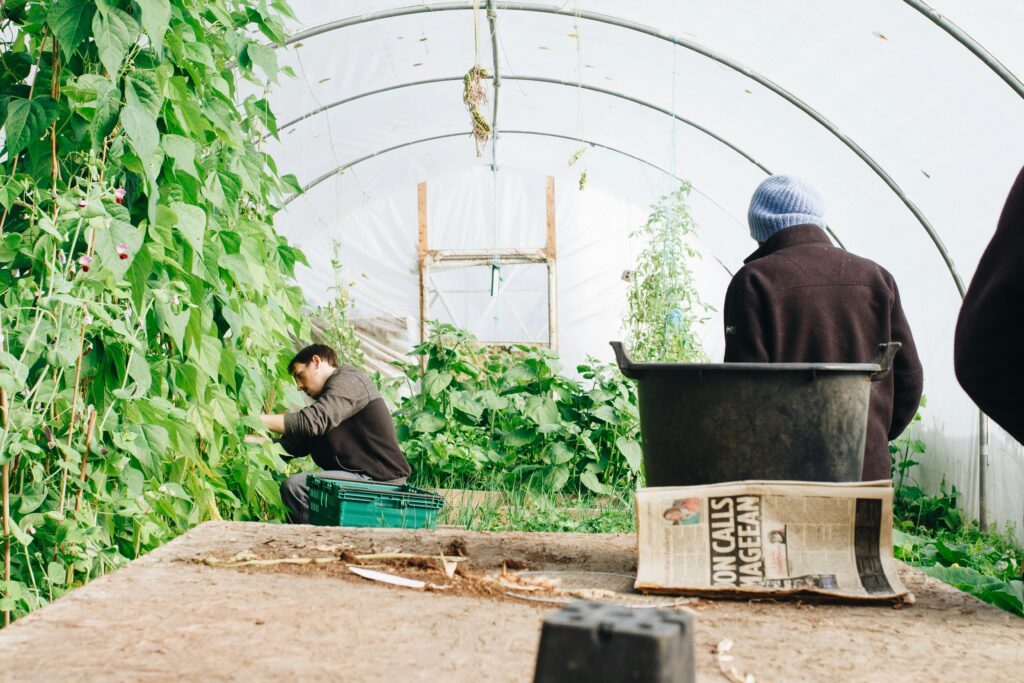
Vertical gardening converts unused airspace into productive area. Cucumbers, pole beans, and indeterminate tomatoes shoot upward when given sturdy trellises, netting, or bamboo teepees. Lifting fruits off the soil improves airflow, reducing rot and slug damage, and sunlight reaches all sides, ripening produce evenly. Secure stems with soft twine, check ties weekly, and pinch side shoots when necessary to keep energy focused on productive vines rather than excess foliage.
Sow in Succession for Continuous Harvests

Rather than planting an entire packet of lettuce at once, stagger sowing every two or three weeks. As older heads mature, young seedlings replace them, keeping kitchen bowls full all season. Apply the same approach to carrots, radishes, and bush beans. Succession planting evens out workload, minimises gluts that overwhelm storage space, and ensures the garden always looks lively instead of finishing in a single flush.
Read More: Top 10 Gardening Mistakes That Can Ruin Your Plants
Leave Grass Clippings as Living Mulch
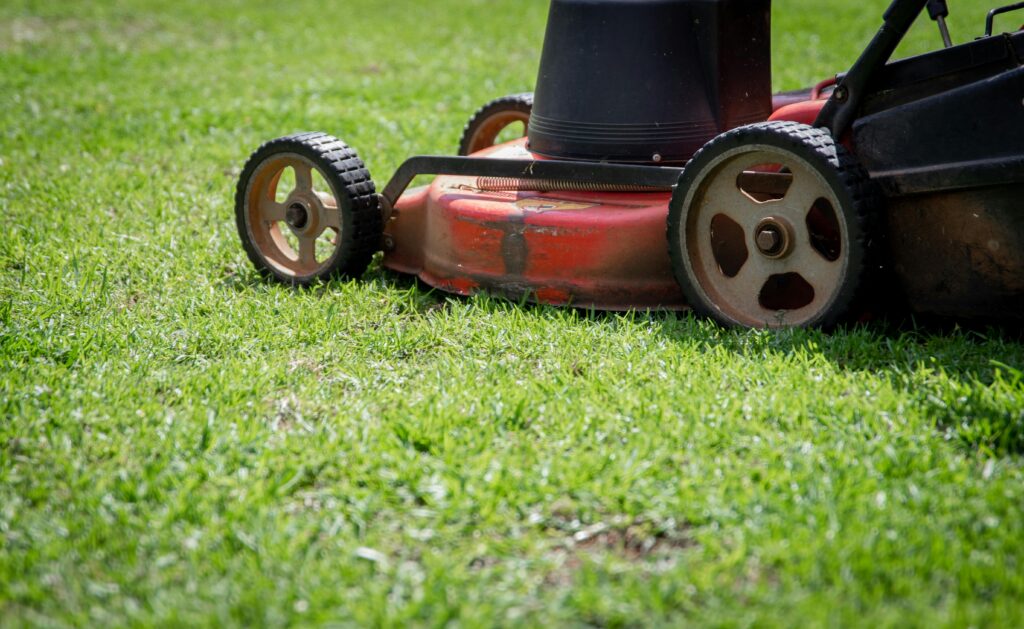
When mowing the lawn, set the blades high and allow the clippings to fall where they land, a practice known as grasscycling. The fine pieces break down quickly, adding nitrogen back into the turf and reducing the need for fertiliser by as much as one-quarter. On vegetable beds, a thin layer of dried clippings suppresses weeds and retains moisture. Ensure the grass was not treated with herbicides, and keep the layer light so it does not mat and exclude air.
Harvest Rainwater and Use Greywater

A single thunderstorm can fill a two-hundred-litre barrel attached to a downpipe. Store this rainwater in opaque containers to prevent algae, and use it during dry spells. In regions with restrictions, reusing household greywater from rinsing vegetables or waiting for shower warmth saves hundreds of litres each month. Allow soapy water to stand for a day so detergents break down, then apply it to ornamental plants rather than edibles to be extra cautious.
Encourage Earthworms for Soil Aeration
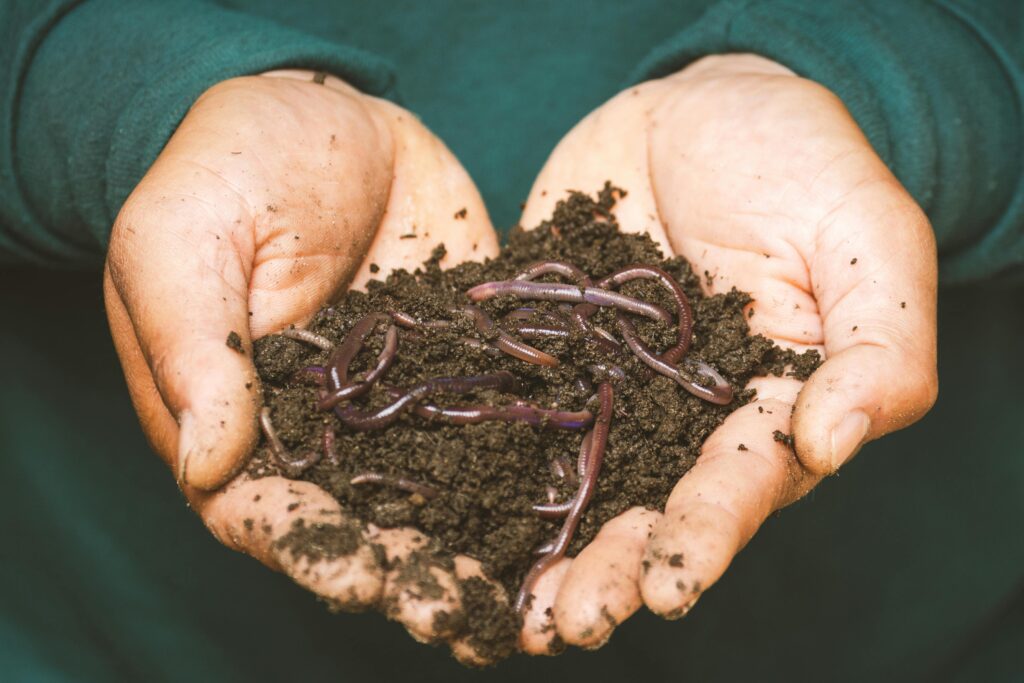
Earthworms are natural tillers, digesting organic matter and leaving behind nutrient rich castings. Keep the soil moist, add compost, and avoid excessive chemical fertilisers that can harm them. Over time, a thriving worm population improves drainage, breaks up compacted layers, and boosts microbial diversity. Gardeners often notice that beds with abundant worms need less digging because the creatures have already done the hard work underground.
Mix a Gentle Neem Oil Solution for Pests

Neem oil, derived from the seeds of the neem tree, contains azadirachtin, which disrupts insect feeding and reproduction. Blend five millilitres of pure neem oil with two millilitres of mild liquid soap in one litre of water, shake well, and spray on affected leaves in the evening to avoid harming beneficial insects. Repeat weekly for aphids, spider mites, and whiteflies. The oil also has mild fungicidal properties, making it a versatile organic remedy.
Spray Diluted Milk to Fight Powdery Mildew

Powdery mildew thrives in warm humid conditions, leaving a white coating on cucurbit and rose leaves. A solution of one part whole milk to nine parts water creates an environment hostile to the fungus, possibly due to naturally occurring lactoferrin. Spray every week at the first sign of infection, covering upper and lower leaf surfaces. Milk treatments are gentle on foliage, inexpensive, and safe for pets and wildlife.
Harden Off Seedlings Before Transplanting
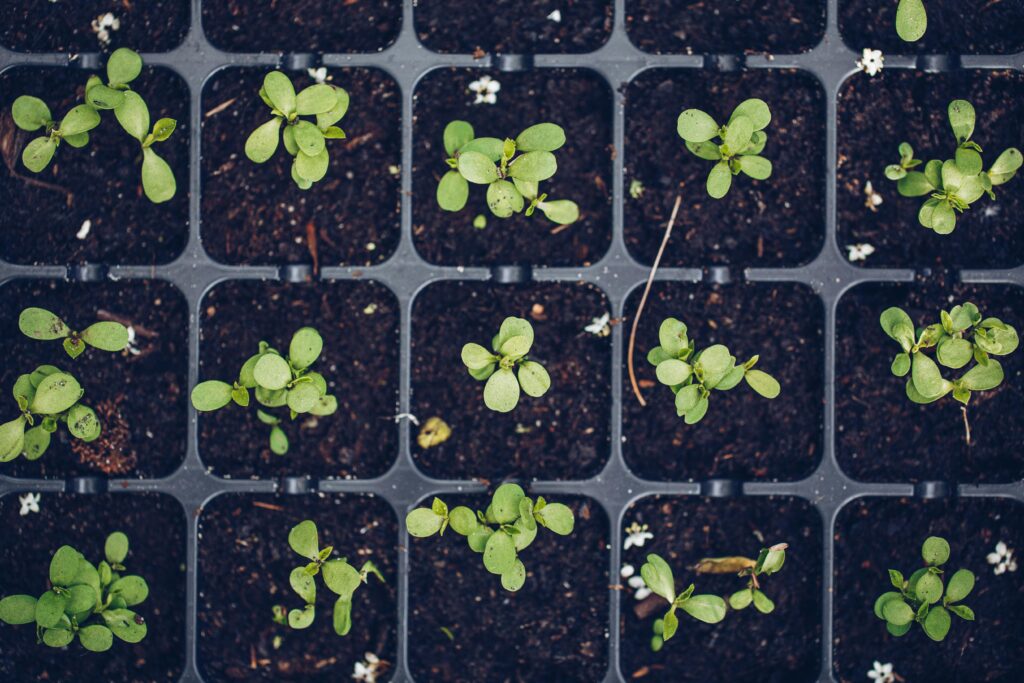
Young plants raised indoors enjoy stable temperatures and little wind, so sudden exposure outdoors can shock them. For seven to ten days, set the trays outside in dappled shade for increasing periods, starting with two hours and ending with full days. Bring them under cover at night if frost threatens. This gradual acclimatisation thickens cell walls, strengthens stems, and primes roots for the diverse conditions they will face in the open ground.
Keep a Detailed Gardening Journal

A notebook may not seem like a hack, yet it is one of the most powerful tools for long term success. Record sowing dates, weather patterns, pest outbreaks, and yields. Note which tomato variety resisted blight, or how the compost tea affected growth. Over seasons, the journal becomes a personalised reference, revealing patterns unique to your microclimate.
Learning from experience reduces mistakes, saves money, and turns good gardeners into great ones. These twenty hacks combine time tested wisdom with modern ecological insights. Each tip is simple, affordable, and adaptable to gardens large or small. Put them to work, observe the results, and share your own discoveries so the list of practical horticultural wisdom continues to grow alongside your plants.
Read More: Home gardening hacks:13 surprising household items that you can use as fertilizers
Disclaimer: This article was created with AI assistance and edited by a human for accuracy and clarity.

